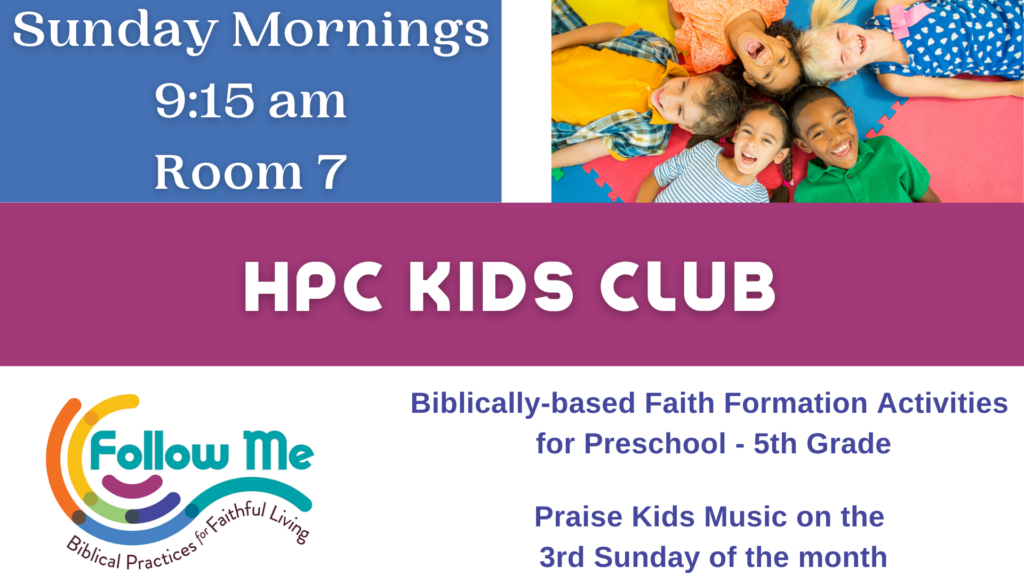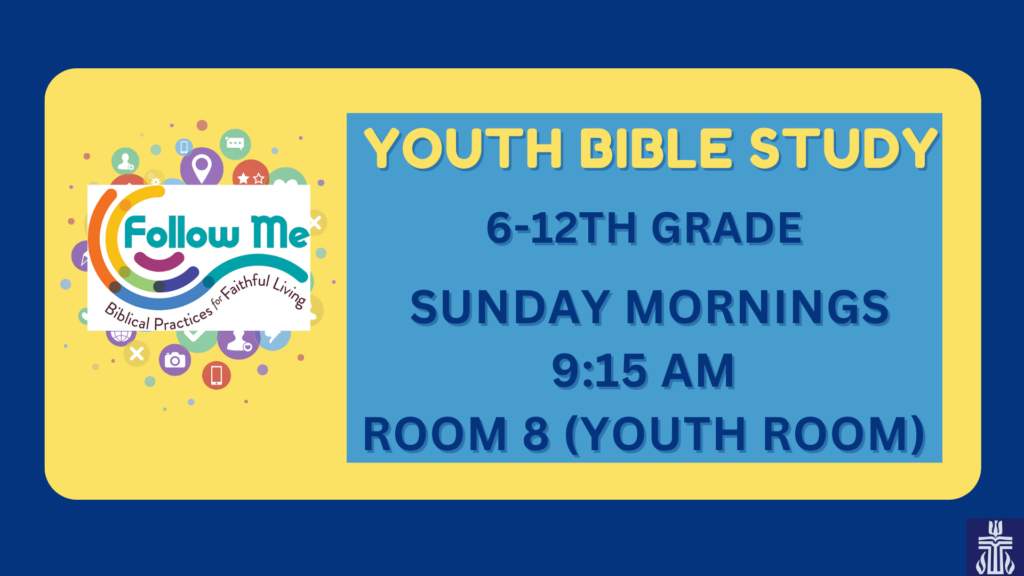In order to get from point A to point B, chances are you are going to need some directions. In some cases, particularly small towns, they come verbally with landmarks. In a country song, an attractive stranger who is lost gets the following instructions from a local:
I told her way up yonder past the caution light
There’s a little country store with an old Coke sign
You gotta stop in and ask Miss Bell for some of her sweet tea
Then a left will take you to the interstate
But a right will bring you right back here to me[i].
Sometimes these directions even refer to what things used to be, marking a moment in time. Then, of course, there are paper maps, which are less common now, but still helpful along the way. I remember buying a detailed booklet of maps for the city of Philadelphia after beginning to serve at my first church following seminary. It wasn’t long after that I purchased a TomTom GPS, which was a lifesaver as a I navigated the area. Now, of course, there are countless ways to know how to get from here to there in your smart phone, from GoogleMaps to Waze. And although the delivery format has changed, the reality of needing some instruction has not.
The thing they don’t tell you about following directions is that it still requires you to employ some sense of reason and pay attention to what is happening around you. Otherwise, you might end up doing something like this:
[Clip from “Dunder Mifflin Infinity,” episode of The Office, aired October 4, 2007[ii]]
Directions. Some of us follow them better than others. And sometimes we get so focused and fixated on a particular path that we cannot adjust when we need to. This is the reality for both of our texts this morning, which lay out pretty dramatic stories of being turned around and then put back on the right track in ways that would rattle most of us to the very core. Paul, referenced here as Saul, was a known persecutor of early believers, notorious for his zeal and strong arm. When we meet him in the book of Acts, he is actively hunting out Christians, outing them in order to arrest them and bring them to Jerusalem for trial; an ordeal that would almost certainly lead to a similar fate of the one they worshiped – death. He has a one track mind on his way to Damascus when he is met by a blinding light that reveals he is heading in the wrong direction entirely. The sign is so stunning that Saul is blinded and cannot recover until he puts himself in the hands of one who would have been his sworn enemy – Ananias. A complete reversal is what it takes to open his eyes, in all senses of the word.
The prophet Balaam is lesser known, but one of the hidden gem stories in the Hebrew Scriptures. Tucked into the book of Numbers, Balaam is what you might describe as a “prophet for hire.” While he only spoke the words God instructed him, the context of our story indicates that there were often multiple agendas at play. King Balak of Moab wanted to weaken the people of Israel, who had infringed on his territory as they made their way to Canaan, so he contacts Balaam to curse Israel in exchange for a reward. Balaam agrees, provided that he could get God to go along with such a scheme. You see where this is going awry? There’s some back and forth, and Balaam then sets out on a path that doesn’t seem to be what God intends, so much so that the path is blocked by an angel. Of course, Balaam is so fixated on his own mission that he doesn’t see it; he only notices that his donkey has stalled on the road, which sparks pure rage on his part. It takes a talking donkey for Balaam to realize something else is going on and that maybe he should alter his course.
Blinding light and talking donkeys. It makes you wonder if God only acts in larger than life ways to give us directions. With such examples like this, we can quickly become disheartened or even dismayed at God’s seemingly lacking intervention into our own lost places in life. The stories of such gigantic proportions in our world happen, but they are fewer and father between. More often, these moments are more subtle and come at a slower pace. But these bigger than life stories, much like that of Jonah a few weeks ago, can give us the opportunity to examine our own lives and, on a small scale, consider the ways that perhaps we have been unable or unwilling to see where God is calling us. The good news is, God doesn’t stop trying to give us directions to help us see.
In the case of Paul, we might note that the drama on the road to Damascus seems to match the tone of the rest of the story. Paul was extreme in every sense of the word. One commentator notes that:
The very nature of his conversion is a reflection of his state of mind and heart in the period leading up to his changed life, and it perhaps demonstrates as remarkably as any other biblical text that God employs means of reaching an individual that are commensurate with that individual’s needs. . . . [The text demonstrates that] God would deal with each of us according to who we are[iii].
Some of us need bigger signs in order to understand.
In the case of Paul and Balaam, God is dealing us a common trait that might be what prompts such radical intervention: stubbornness. Both men are so fixated and focused on the direction they are going that they can’t see anything else around them. They are bulldozing their way through life, not paying attention to any of the signs that might shift or alter their direction. We humans tend to be that way. In the past 40 or more years, psychologists have been studying the ways we interact and what causes us to hold particularly strong sets of beliefs[iv]. Earlier this year, researchers Hugo Mercier and Dan Sperber published a book titled, The Enigma of Reason, in which they explore why we think the way we do. The book argues that reason:
is not geared to solitary use, to arriving at better beliefs and decisions on our own. What reason does, rather, is help us justify our beliefs and actions to others, convince them through argumentation, and evaluate the justifications and arguments that others address to us. In other words, reason helps humans better exploit their uniquely rich social environment[v].
Put even simpler, we only see what we want to see, and sometimes that makes us short sighted. You know the expression, can’t see the forest for the trees? Such a limited viewpoint can lead us barreling in one direction, even if that means we’re heading toward disaster. And the more we get pushed, the more likely we are to stick to our guns and dig into our beliefs; nothing can move us. Except maybe a blinding light or talking donkey.
While we might not be quite as stubborn as the leads of these dramatic biblical stories, we can get pretty bull-headed sometimes and refuse to acknowledge or think about anything that deviates from what we have set out to do. When this happens to us in our faith lives, we run the risk of fundamentalism, pushing ourselves into fixed views of God and the world that leave no space for the Holy Spirit to move and shift. Our faith becomes static, not dynamic, and we get stuck.
The journey of faith is not as simple as just following a clear list of directions tucked neatly into your Bible. We can’t barrel our way through it, or put ourselves on auto-pilot. That’s how we end up in the lake. Rather, faith should be an interactive journey that we undergo with God by our side. This is the intersection of divine providence and our own free will. Our lives at their best are the fulcrum on which this sits, as we listen and try to figure out what God would have us do, God’s will, and hold that against our own desires and inclinations. It’s meant to be a conversation. Have you ever talked to your GPS, or argued with your navigator, or even the map itself? I am guilty of doing this. And sometimes, ok, a lot of the time, I decide that I know better than the navigational system and go my own way. When I had a TomTom, the response was the same every time, “recalculating . . . recalculating.” If I missed a turn, “recalculating”; when I took matters into my own hands, “recalculating.” The system adjusted to my own decisions, good or bad, and helped reroute me from that point. That’s the way God works, I think. God gives us the ability to make our own decisions, but desperately hopes to be sitting next to use and helping us with the navigation. And God is always recalculating and trying to show us the way to go. Sometimes, as in the case of Balaam and Paul, that navigation is to take a u-turn at the next available opportunity.
There can be good things that come from such a shift in course. Take Paul, for example, who God called to become one of the most influential leaders in the early church, whose writings still inspire and connect us to God today. As Paul Walaskay notes:
Rather than a negative “turn your back on the past,” Paul received a positive “turn your face toward the future.”
We, like Paul, are not called to turn our back on the past. Rather, we are to look fully at all aspects of our personal histories, to repent of (or change our minds about) the things we do that run counter to the inevitability of God’s grace, and to turn our faces toward God’s future[vi].
That’s the kind of direction God wants in the end; for us to be heading in the direction of God’s future. In this way, our lives become marked by the one with whom we are next to on the journey – God. Our journey together through these scriptures for the summer has come to a close, but our journeys of faith are far from over. As we continue to navigate the way, may we let God be by our side, and may we be open to the fact that, along the way, we may just be called to change directions. In doing so, we might just be more faithful, and turn our faces more toward the future God intends. Don’t be afraid of some recalculating. Amen.
~Rev. Elizabeth Lovell Milford
July 23, 2017
———————————————————————————————————
[i] Billy Currington, “Good Directions,” Written by Luke Bryan, Rachel Thibodeau • Copyright © BMG Rights Management US, LLC, Dan Hodges Music, LLC
[ii] https://vimeo.com/15390422, Clip from “Dunder Mifflin Infinity,” episode of The Office, aired October 4, 2007
[iii] Texts for Preaching: A Lectionary Commentary based on the NRSV – Year C, Charles B. Cousar, Beverly R. Gaventa, J. Clinton McCain, James D. Newsome, (Louisville, KY: Westminster John Knox Press, 1994).
[iv] For an interesting summary of this topic, check out “Why Facts Don’t Change Our Minds,” by Elizabeth Kolbert, published in The New Yorker on February 27, 2017. Available online at http://www.newyorker.com/magazine/2017/02/27/why-facts-dont-change-our-minds, accessed 7/22/2017.
[v] Harvard University Press description of The Enigma of Reason by Hugo Mercier and Dan Sperber, (Cambridge, MA: HUP, 2017), http://www.hup.harvard.edu/catalog.php?isbn=9780674368309, accessed 7/22/17.
[vi] Paul W. Walaskay, Acts: Westminster Bible Companion, (Louisville, KY: Westminster John Knox Press, 1998)



Leave a Reply
You must be logged in to post a comment.